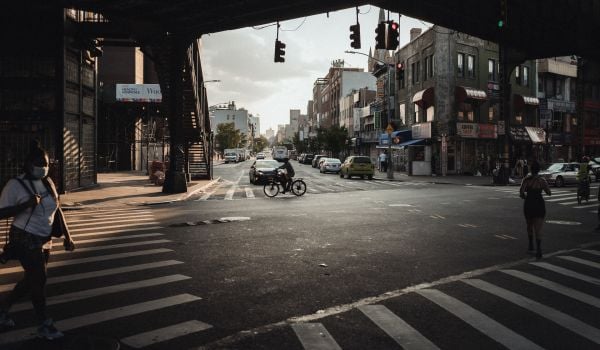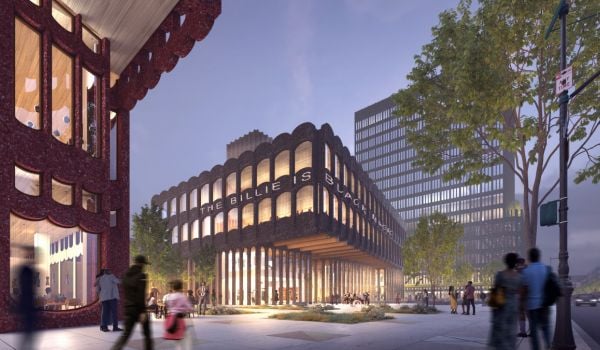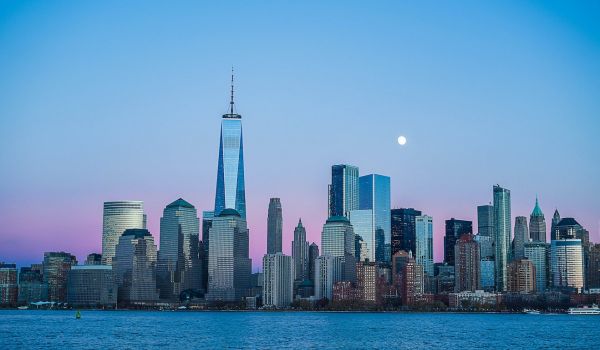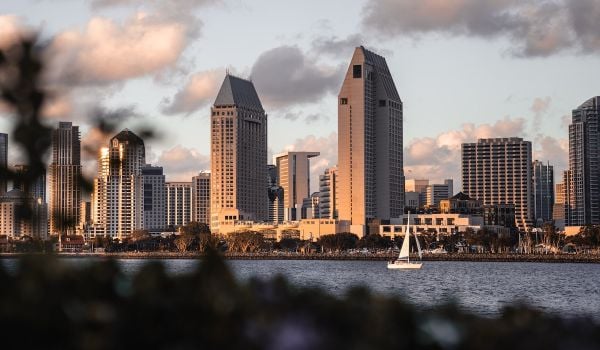Harvard economist Ed Glaeser notes at The New York Times that many current local environmental causes are, in light of global warming, actually bad for the environment. He mentions the highly publicized issue of the Alliance to Protect Nantucket Sound fighting against a wind farm off of Cape Cod, as well as national opposition in hydroelectric power, respectively. “In these cases, groups are putting local environmental concerns first and the planet second,” he writes. (He also includes anti-nuclear energy activism, which I think is a bad example, since the environmental impact of an accident or terrorist attack at a nuclear plant would be, though local, legitimately terrible, and the evidence that nuclear power can be economically sustainable without massive government subsidies is mixed, at best.)
Of particular relevance to urbanists is Glaeser’s inclusion of local opposition to housing development in cities and regions that are relatively low carbon emitters. Glaeser writes:
San Francisco is the greenest metropolitan area in the country. An average new home there emits about 38,000 pounds of carbon dioxide each year. Houston is the brownest area in the country. An average new home there emits about 68,000 pounds of carbon dioxide each year…. Environmentalists should, presumably, be out there lobbying for more homes in coastal California, but instead, for more than four decades, California environmental groups, such as Save the Bay, have fought new construction in the most temperate, lowest carbon-emission area of the country.I see this problem not only between regions but within them. Presumably, if you are an environmentalist, you want to push as much new construction as possible into cities, near mass transit nodes, to cut down on driving and sprawl. But, as Ryan Avent points out at Portfolio, in D.C. neighborhood activists have tried to prevent the construction of a mixed-use, vertically integrated development on empty lots near the Brookland metro station. In Brooklyn the local Sierra Club opposed the Atlantic Yards proposal to put housing, office and retail towers and basketball arena over a subway station over eight subway lines and the Long Island Railroad.
Having grown up a few blocks from Atlantic Yards, I am torn about the proposal, partly for the Sierra Club’s reason: the air quality is already poor there due to all the traffic and it would become worse. Mostly, I opposed it for visceral NIMBY reasons. As an area resident, that’s perfectly appropriate. But if I were a professional environmental activist, should not my position be that it is better to have a lot more fans taking mass transit to games than driving to the Nets arena in New Jersey? As Glaeser argues, the “think global, act local” mantra needs to be revised in the age of global warming.

Ben Adler is a journalist in New York. He is a former reporter for Grist, The Nation, Newsweek and Politico, and he has written for The New York Times, The Atlantic, The Guardian and The New Republic.















